- Folkname: Gilliflower, Jove’s Flower, Nelka
- Type: Flower
- Ruler: Capricorn, Saturn
- Planet: Sun
- Element: Fire
- Magickal Form: Fresh, dried, essential oil
- Basic Powers: Protection, Energy, Happiness
Inhaling the gorgeous scent of the carnation flower will immediately enhance emotions of joy and happiness, so the addition of the essential oil is perfect for incenses and oils to dispel depression and disappointment. Brush flowers down your body to cleanse. After reaching the feet, break the stems to trap and hold the negative energy. This flower also helps relieve the depression of winter.
Keep red carnations on the altar to increase your energy level and to create more optimism in life. Once worn by Witches to prevent untimely death on the scaffold, it is used in power incenses and placed on the altar to produce added energy.
Dry nine red carnations in the Sun, crumble them and separate from the stems. Pour one dram carnation essential oil over them, mix well and smolder on charcoal for a tremendously powerful incense. Produces tons of energy!
Used to remove hexes and negative energy, the carnation is especially good for clearing out love problems. Add white and red carnations or essential oil to bathwater to stabilize your love life. Carnation flowers attract abundance as well, either as a bouquet or in a formula.
Including carnations or carnation oil in a blend for the sickroom is perfect to aid in the mental aspects of healing. If your eyes are bothered, rub them with red carnations – it will help. This belief comes from the biblical legend in which carnations sprang up where the Mother of Jesus’s tears fell as she cried over her son’s crucifixion.
Carnations have a history of being brewed into tea to help reduce stress and restore energy. Carnation tea has also been used to reduce fever and treat stomach aches. In addition to tea, carnation oil is used in beauty products to moisturize skin, minimize wrinkles, and treat skin conditions.
Magickal Carnation Aromatherapy
Raised in hothouses stretched along the Pacific coastline and grown across the border in Mexico, Carnations pop up everywhere and are available all year at fairly reasonable prices. The vast majority of these flowers are, however, useless for magickal aromatherapy.
As has been the case with the rose, carnations have been hybridized to produce the biggest bloom size, longest stems and brightest colors. The scent has been forgotten. Thus most carnations obtained from florist shops are virtually scentless. The red ones are an exception, but even here the spiciness is slight.
So what can you do if you wish to utilize the intriguing energies within carnations? Get yourself some starter plants and grow your own. What better way to ensure that you have a steady supply of these fabulous blooms? Look for short-stemmed red varieties with the heaviest fragrances.
These flowers, which Gerard said have an “escellent sweet smell,” are also smelled, with proper visualization, to bring a spicy love into your life.
Before a potentially exhausting magickal act, inhale the rich aroma of fresh carnation flowers. Accept the flower’s energy into yourself. Add it to your physical store of power which will soon be released from the body during magick.
When you’re suffering through a cold or some other minor illness, keep carnations around your sickbed. Inhale their odor while visualizing yourself in a healthy, healed state. If friends wish to give you flowers, you can always ask for carnations – even commercially grown ones.
The Sign of the Carnation
If you were born between December 22 and January 21, you were born under the sign of the Carnation. Those with the carnation flower sign are beautifully adept at putting things in order, and organizing. You are strong willed and determined for others to see your point of view.
You are a natural leader, and others look to you to lean on. You can be driven and determined and this makes you a strong personality. You are no stranger to hard work, and you like to get things done your way. You like security, particularly if you are building a comfort zone with your own two hands.
Carnation Symbolism
- Carnations are the traditional first wedding anniversary flower.
- Carnation is the birth flower for those born in the month of January.
For the most part, carnations express love, fascination, and distinction, though there are many variations dependent on color.
- Green colored carnations are associated with St. Patrick’s Day.
- The pink ones stand for a mother’s eternal love.
- Light red carnations represent admiration.
- Dark red denotes deep love and affection.
- White carnations represent pure love and good luck.
- While striped (variegated) carnations symbolize regret that a love cannot be shared.
- Purple carnations symbolize untrustworthiness.
Carnation symbolism around the world:
- Carnations native to the Near East, symbolize bonds of affection and love, health and energy.
- In Portugal, bright red carnations were used when in 1974 the authoritarian Estado Novo regime was overthrown; therefore, this transition is known as the Carnation Revolution.
- White carnations, in the Netherlands are associated with HRH prince Bernhard. He wore one during World War II and in a gesture of defiance some of the Dutch population took up this gesture. After the war the white carnation became a sign of the Prince, veterans and remembrance of the resistance.
- In France, the purple carnation is a traditional funeral flower, given in condolence for the death of a loved one.
- Along with the red rose, the red carnation can be used as a symbol of socialism and the labor movement, and historically has often been used in demonstrations on International Workers’ Day (May Day).
- According to a popular belief in Russia, white carnations may take away your talent and good luck. Those who want to present a performer on stage with flowers should avoid white carnations. On the other hand, placing a white carnation under the pillow will awake you inspired next morning.
According to a Christian legend, carnations first appeared on Earth as Jesus carried the Cross. The Virgin Mary shed tears at Jesus’ plight, and carnations sprang up from where her tears fell. Thus the pink carnation became the symbol of a mother’s undying love.
Carnation Story and Origins
Carnations are also called pinks because of their spiky petals that look like they were cut with pinking shears. There are several theories about how the carnation got its name. Some believe that it comes from the word coronation because it was used in Greek ceremonial crowns. Others think that it originated from the Latin word carnis, meaning flesh, because early carnations were typically pink.
Carnations scientific name is Dianthus caryophyllus. Some believe the name Dianthus originated from the myth of Diana. There are a few variations of this story. In one variation Diana, goddess of the hunt, was returning from an unsuccessful hunting trip. She stumbled upon a shepherd playing a flute and blamed his music for spoiling her hunting.
In a fit of rage she attacked him and plucked out his eyes. Once she cooled down, she regretted her actions. Where the eyes fell, red carnations grew as signs of innocent blood.
Others believe that Dianthus was named after Zeus, as Zeus in Greek is dios and flower is anthos. Carnations are also referred to as the flower of the gods.
Carnation Holidays and Events:
Red carnations are worn on May Day as a symbol of socialism and the labor movement in some countries, such as Austria, Italy, and successor countries of the former Yugoslavia. The red carnation is also the symbol of the Portuguese Carnation Revolution.
January 29th is National Carnation Day, also known as Red Carnation Day, this day honors the memory of President William McKinley. The carnation was said to be McKinley’s favorite flower, and he always wore one in his lapel. The Columbus, Ohio Statehouse often commemorates by giving discounts at the museum shop for individuals wearing red carnations or dressed in scarlet.
Carnations are often worn on special occasions, especially Mother’s Day and weddings. In 1907, Anna Jarvis chose a carnation as the emblem of Mother’s Day because it was her mother’s favorite flower. This tradition is now observed in the United States and Canada on the second Sunday in May. Ann Jarvis chose the white carnation because she wanted to represent the purity of a mother’s love. This meaning has evolved over time, and now a red carnation may be worn if one’s mother is alive, and a white one if she has died.
In Korea, carnations express admiration, love and gratitude. Red and pink carnations are worn on Parents Day (Korea does not separate Mother’s Day or Father’s Day, but has Parents Day on 8 May). Sometimes, parents wear a carnation corsage on their left chest on Parents Day. Carnations are also worn on Teachers Day.
Green carnations are for St. Patrick’s Day and were famously worn by the Irish writer Oscar Wilde. The green carnation thence became a symbol of homosexuality in the early 20th century, especially through the book The Green Carnation and Noël Coward’s song, “We All Wear a Green Carnation” in his operetta, Bitter Sweet.
In Poland, in times of the People’s Republic of Poland, carnations were traditionally given to women on the widely celebrated Women’s Day, together with commodities that were difficult to obtain due to the country’s communist system, such as tights, towels, soap and coffee.
At the University of Oxford, carnations are traditionally worn to all examinations; white for the first exam, pink for exams in between, and red for the last exam. One story explaining this tradition relates that initially a white carnation was kept in a red inkpot between exams, so by the last exam it was fully red; the story is thought to originate in the late 1990s.
But Wait – There’s More:
Carnations have inspired many artists, poets, and authors. British composer Joseph Mazzinghi wrote a song entitled “Ye Shepherds Tell Me”, which told of a beautiful girl wearing a wreath of flowers.
A wreath around her head,
Around her head she wore,
Carnation, lily, lily, rose,
And in her hand a crook she bore,
And sweets her breath compose.
Sources:
- Encyclopedia of Magickal Ingredients
- Gardenerdy
- The Herbal Alchemist’s Handbook
- Ftd.com
- Magical Herbalism
- Wikipedia
- Magical Aromatherapy
One Response to Carnation Magick and Lore
Leave a Reply
- Bean Magick and Lore by shirleytwofeathers - 6 Comments
- Purple Loosestrife Magick and Lore by shirleytwofeathers - 5 Comments
- Onion Magick and Lore by shirleytwofeathers - 4 Comments
- Magickal Uses of Mud Dauber Dirt by shirleytwofeathers - 4 Comments
- Herbs by Gender by shirleytwofeathers - 4 Comments
Michaela Renee Solomon: Bean Magick and Lore
Alex Jinn: Holy Water
Lilith Linlithgow: AZaJ2zpS1xg
Tina from Magickal Spot: Ingwaz Rune Magick
Tina from Magickal Spot: Thurisaz Rune Magick

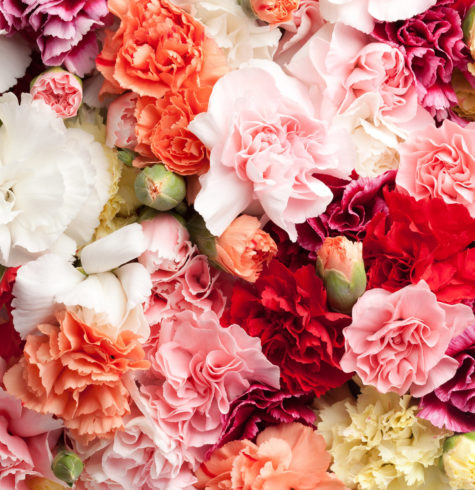
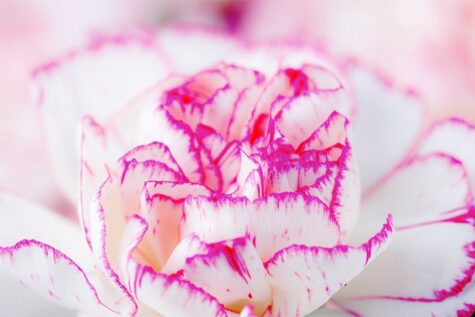
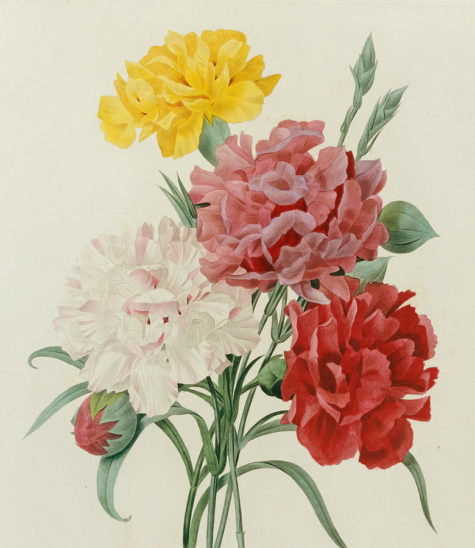
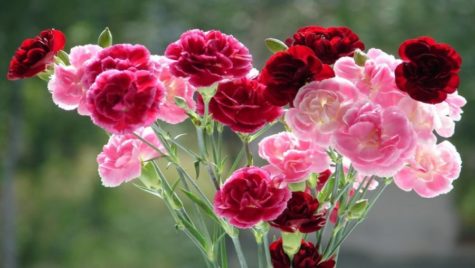

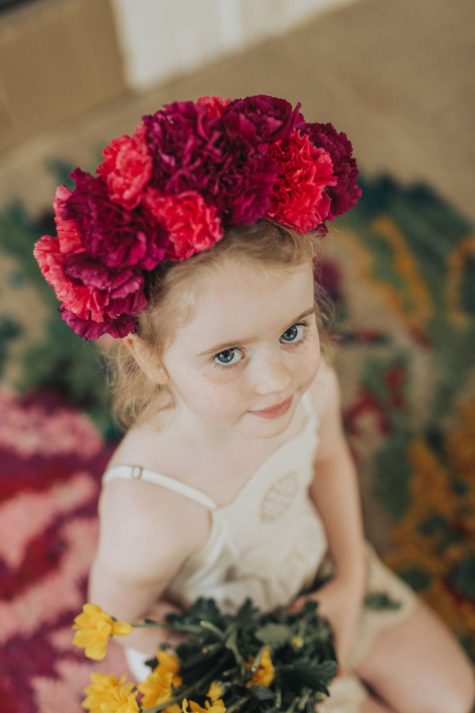
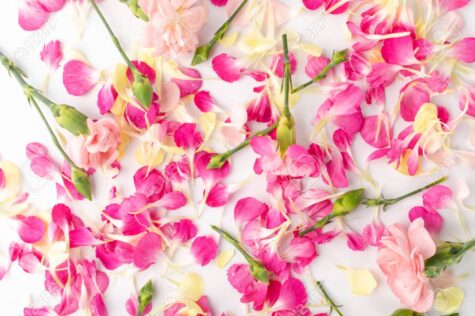



Christians believe that the first carnation bloomed on earth when Mary wept for Jesus as he carried his cross. With this, carnations flowers area meaningful to Christians.